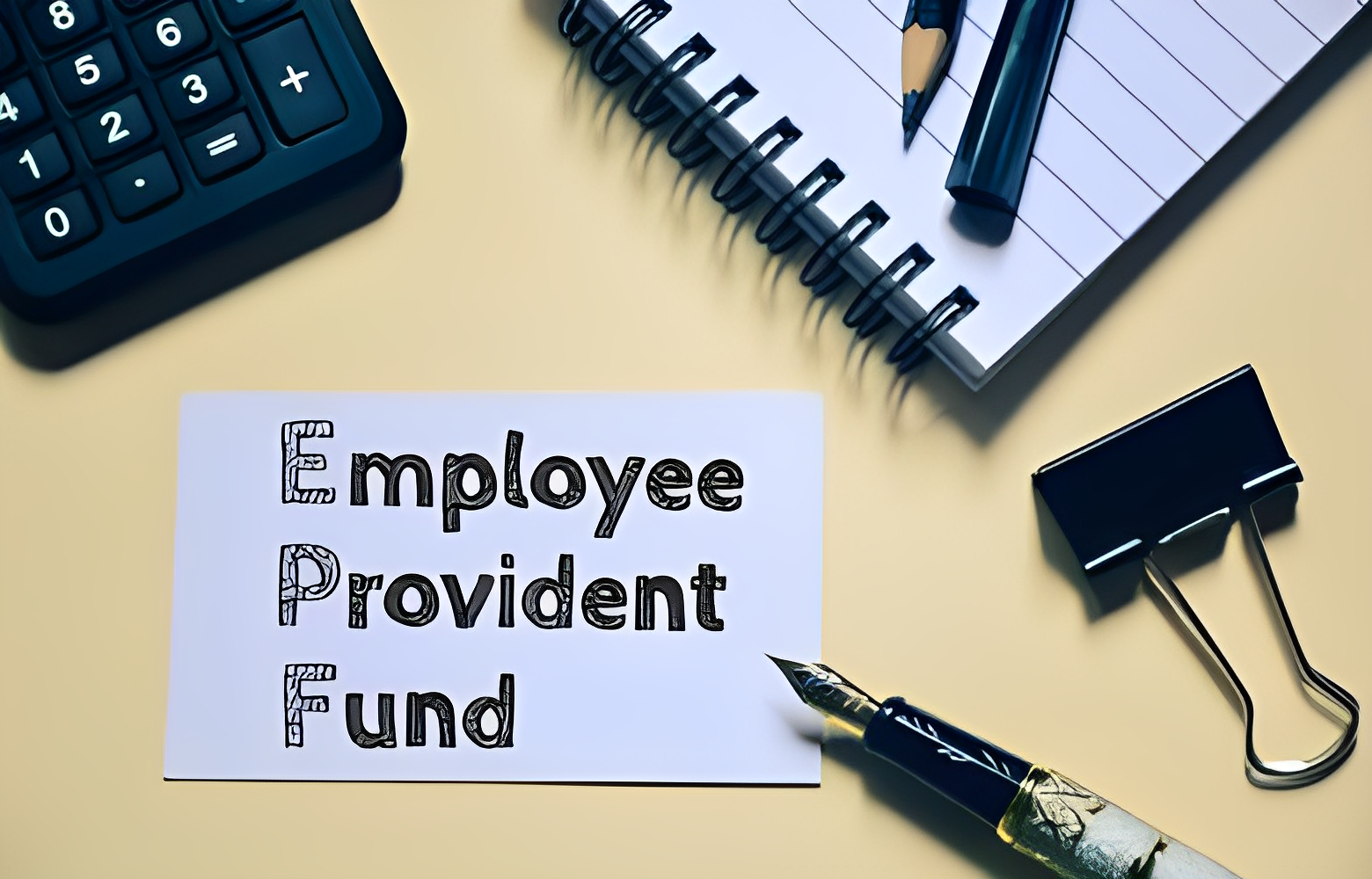The Employees’ Provident Fund Organisation (EPFO) in India plays a crucial role in securing the financial future of millions of salaried individuals. A key tool for members to track their provident fund contributions and accumulations is the Employees Provident Fund Organisation Member Passbook. Understanding your passbook is essential for ensuring your retirement corpus is on track and making informed decisions about your provident fund account.
Decoding the Cover: Essential Passbook Information
The EPFO member passbook cover displays vital information at a glance:
- Member Account Number (UAN): This unique 12-digit number acts as your provident fund identity throughout your career.
- Name: Ensure your name matches your official records to avoid discrepancies.
- Date of Birth: This determines your retirement eligibility and pension calculations.
- Date of Joining EPFO: This marks the start of your provident fund contributions.
- Present Employer: This reflects your current place of employment contributing to your EPFO account.
Diving Deeper: Inside the Passbook
Your passbook contains detailed entries of your provident fund transactions, categorized into sections:
1. Opening Balance: This reflects the accumulated amount in your account at the beginning of the financial year.
2. Monthly Contributions: This section records your and your employer’s monthly contributions towards your provident fund. The contribution rate is typically 12% of your basic salary, shared equally by you and your employer.
3. Interest Earned: The EPFO declares an annual interest rate on your provident fund balance, credited quarterly to your account. This section tracks the interest earned each quarter.
4. Withdrawals: Any withdrawals made from your provident fund account for specific purposes like housing, medical emergencies, or marriage are recorded here.
5. Closing Balance: This reflects the final amount in your account at the end of the financial year, calculated by adding opening balance, contributions, interest earned, and subtracting any withdrawals.
Beyond the Basics: Understanding Key Passbook Entries
1. PF Account Number: This unique nine-digit number identifies your specific provident fund account within the EPFO system.
2. Reference Number: This number links specific transactions to their corresponding challan (payment slip) submitted by your employer.
3. PF Contribution Month: This indicates the month for which the recorded contribution was made.
4. Payment Due Date: This date highlights the deadline for your employer to submit the monthly provident fund contributions to the EPFO.
5. Late Payment Penalty: If your employer misses the payment deadline, a late payment penalty is levied, reflected in this section.
6. Scheme: This specifies the provident fund scheme you are enrolled in, typically either EPS (Employee Pension Scheme) 1995 or the newer EPS 2011.
Utilizing Your Passbook for Informed Decisions
Regularly reviewing your passbook empowers you to:
- Monitor contributions: Ensure your employer is making timely and accurate contributions.
- Track growth: Observe how your provident fund corpus is accumulating over time.
- Plan for retirement: Use your passbook information to estimate your future retirement corpus and plan accordingly.
- Identify discrepancies: Report any errors or inconsistencies you find in your transactions to the EPFO for rectification.
Going Digital: Accessing Your Passbook Online
The EPFO offers online access to your member passbook through its official website (https://www.epfindia.gov.in/site_en/For_Employees.php) and mobile app (“m-EPFO”). This convenient platform allows you to:
- Download your passbook in PDF format.
- View transaction details for any specific period.
- Track your UAN account activity.
- Update your personal information.
Resources for Further Exploration
- EPFO official website: https://www.epfindia.gov.in/site_en/For_Employees.php
- EPFO member helpline: 1800-180-6121
- EPFO Grievance redressal portal: https://epfigms.gov.in/Grievance/GrievanceMaster
Beyond the Basics:
As you delve deeper into your passbook, here are some additional details to pay attention to:
- Investment Patterns: The EPFO invests your contributions in various instruments like government bonds and equities. Your passbook might not explicitly mention these details, but understanding the investment strategy can help you anticipate potential fluctuations in your fund’s growth.
- Exemptions and Transfers: If you’ve opted for any exemptions from contributing to your EPF, it will be reflected in the passbook. Similarly, transfers between different EPF accounts due to job changes will be documented, ensuring continuity of your provident fund journey.
- Loan Disbursements and Repayments: If you avail a loan against your EPF balance, the passbook will record the disbursed amount, interest rate, and repayment schedule. Monitoring these details ensures timely repayments and avoids unnecessary penalties.
- Nomination Details: Your passbook should reflect your nominated beneficiary who will inherit your provident fund corpus in case of unfortunate circumstances. Reviewing and updating this information regularly is crucial to ensure your loved ones are protected.
Utilizing Your Passbook for Proactive Measures:
Beyond monitoring, your passbook empowers you to take proactive steps to optimize your provident fund:
- Contribution Optimization: If your salary increases, consider voluntarily opting for a higher contribution percentage to accelerate your corpus growth. Your passbook helps you track the impact of such adjustments.
- Scheme Comparison: If you’re enrolled in EPS 1995, consider exploring the benefits of switching to EPS 2011, which offers potentially higher pensions. Your passbook information and the EPFO website can guide you in making informed decisions.
- Tax Implications: Depending on your withdrawal circumstances, taxes might be applicable on your provident fund corpus. Understanding these implications through online resources or consulting a financial advisor can help you plan your withdrawals strategically.
Beyond the Digital Domain:
While online access is convenient, consider utilizing the physical passbook as well. Keep it in a safe place alongside important documents. It can serve as a tangible reminder of your provident fund journey and a backup record in case of technical glitches or online access limitations.
Remember:
- Regularly review your passbook, at least quarterly, to stay updated on your provident fund activity.
- Report any discrepancies promptly to the EPFO through the official website or grievance redressal portal.
- Seek professional guidance if you have complex queries or require assistance in making informed decisions about your provident fund.
By actively engaging with your EPFO member passbook, you can transform it from a mere record-keeping tool into a powerful instrument for securing your financial future. Take control of your provident fund and build a comfortable retirement by leveraging the valuable insights it offers.
By understanding your Employees Provident Fund Organisation member passbook and utilizing its valuable insights, you can take control of your financial future and secure a comfortable retirement. Remember, staying informed and engaged with your provident fund is crucial for a financially secure future.




